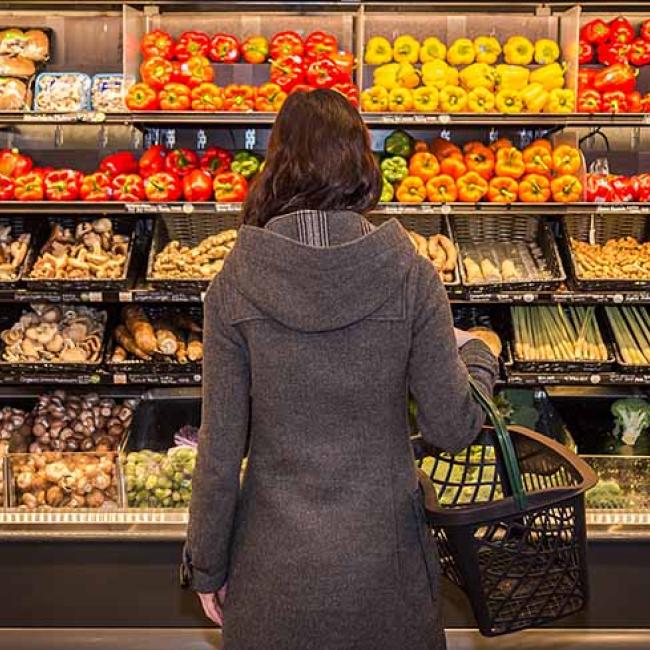Project Summary
The project team examined how introducing waiting periods into the decision-making process affects the food purchasing choices of SNAP recipients. The team particularly focused on various ways in which subsidies for healthy food distribution optimized both the effective promotion of healthy consumption and the preservation of choice for participants.
Research Questions/Aims
- How can the effectiveness of food subsidies be maximized to improve grocery choices through the introduction of waiting periods?
- By designing the choice to feature deliberation and soft commitment, can we encourage healthy grocery selection even when the participant must select subsidies for healthy foods over subsidies for unhealthy foods?
Actionability
- Guide policy-making efforts to assess whether waiting periods will enhance food-assistance programs by promoting consumption of healthful foods.
Outcomes
Health: Grocery purchases, number of days USDA’s Targeted Fruits and Vegetables were consumed, and self-report of household’s diet quality and meal consumption
Other: Value of Targeted Fruits and Vegetables purchases as a fraction of the overall grocery purchase
Methodology
Randomized control trial with four treatments and one control group. A probit or linear probability model was used to measure the impact of different subsidies treatments on the likelihood of purchasing Targeted Fruits and Vegetables (TFVs); a tobit or linear regression models to measure the value of TFVs purchased; random effects linear probability and probit models to estimate the treatment effect on subsidy choice.

University of Arkansas, Economics Department
Carnegie Mellon University
University of Oregon
Field Agent